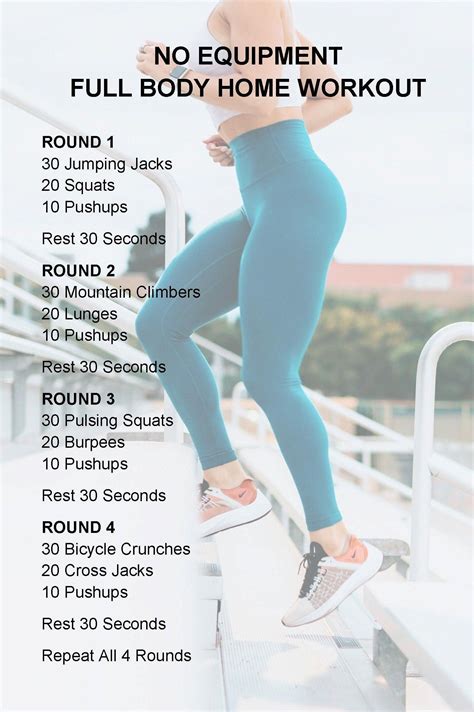Optimize recovery for peak strength gains and high-stress male lifestyles?

The Modern Male Conundrum: Strength, Stress, and the Need for Strategic Recovery
For many men, the pursuit of peak physical strength and muscle gains often clashes with the unrelenting demands of a high-stress lifestyle. Juggling demanding careers, family responsibilities, and personal ambitions leaves little room for error, especially when it comes to the crucial, yet often overlooked, component of fitness: recovery. It’s not just about how hard you train; it’s about how effectively you rebound from that training, particularly when your body and mind are constantly under pressure.
This article delves into the science and practical strategies behind optimizing recovery, ensuring that your efforts in the gym translate into tangible strength gains, even amidst the chaos of a busy life. Understanding and implementing these techniques is not a luxury, but a necessity for sustainable progress and overall well-being.

Why Recovery Is Non-Negotiable for Strength and Health
When you train intensely, you create microscopic tears in your muscle fibers. The magic of muscle growth (hypertrophy) happens not during the workout, but during the recovery phase, when your body repairs and rebuilds these fibers stronger and larger. However, chronic stress—whether from work, finances, or lack of sleep—can significantly impede this process. High cortisol levels, a primary stress hormone, can catabolize muscle tissue and interfere with anabolic processes essential for growth.
Ignoring recovery can lead to plateaus, overtraining syndrome, increased injury risk, diminished performance, and a general decline in physical and mental health. For men aiming for peak strength, strategic recovery is the silent partner in every successful workout.
Pillars of Optimized Recovery for High-Stress Lifestyles
1. Prioritize Quality Sleep
Sleep is arguably the most powerful recovery tool. During deep sleep cycles, your body releases human growth hormone (HGH), essential for muscle repair and growth. Aim for 7-9 hours of quality sleep per night. Establish a consistent sleep schedule, create a dark, cool, and quiet sleep environment, and limit screen time before bed to optimize melatonin production.
2. Fuel Your Recovery with Smart Nutrition
What you eat directly impacts your body’s ability to repair and rebuild. Focus on a diet rich in:
- Protein: Essential amino acids for muscle protein synthesis. Aim for 1.6-2.2 grams per kg of body weight, spread throughout the day.
- Complex Carbohydrates: Replenish glycogen stores depleted during workouts and provide sustained energy.
- Healthy Fats: Crucial for hormone production and reducing inflammation.
- Micronutrients: Vitamins and minerals (especially Magnesium, Zinc, Vitamin D) play vital roles in metabolic processes and stress response.
Consider post-workout nutrition that includes both protein and carbohydrates to kickstart the recovery process.

3. Master Hydration
Dehydration can significantly impair physical performance and recovery. Water is critical for nutrient transport, temperature regulation, and joint lubrication. Aim to drink plenty of water throughout the day, especially before, during, and after workouts. Electrolytes can also be beneficial, particularly during intense or prolonged training sessions.
4. Embrace Active Recovery and Mobility
While rest days are important, active recovery can enhance blood flow, reduce muscle soreness, and improve flexibility. Light cardio (walking, cycling), stretching, foam rolling, and yoga can aid in muscle recovery and promote relaxation. Incorporating mobility drills daily can also prevent stiffness and improve range of motion, which is crucial for injury prevention in strength training.

5. Strategic Stress Management
Beyond physical recovery, managing mental and emotional stress is paramount. Techniques such as mindfulness meditation, deep breathing exercises, spending time in nature, engaging in hobbies, or even just scheduling regular downtime can lower cortisol levels, improve sleep quality, and enhance overall well-being. Recognize that mental fatigue can be as detrimental as physical fatigue to your progress.
Structuring Your Training for Sustainable Gains
Your training program itself can be optimized for recovery. Consider:
- Periodization: Varying training intensity and volume over time, including planned deload weeks, prevents overtraining and allows for supercompensation.
- Listening to Your Body: Don’t be afraid to take an extra rest day or reduce intensity when you feel genuinely fatigued or run down. Pushing through exhaustion often leads to diminishing returns or injury.
- Varying Modalities: Incorporating different types of training (e.g., strength, cardio, mobility) can offer a more balanced stimulus and reduce repetitive strain.

The Holistic Approach to Peak Performance
Optimizing recovery for peak strength gains, especially within a high-stress male lifestyle, requires a holistic and disciplined approach. It’s not about finding one magic bullet, but rather integrating multiple strategies into your daily routine. Think of recovery as an equally important part of your training, not just something that happens when you’re not lifting.
By consciously prioritizing sleep, intelligent nutrition, hydration, active recovery, and effective stress management, you empower your body to adapt, grow, and perform at its best, transforming your strength goals from aspirations into tangible achievements. This integrated approach not only boosts your physical prowess but also enhances your resilience and overall quality of life.









